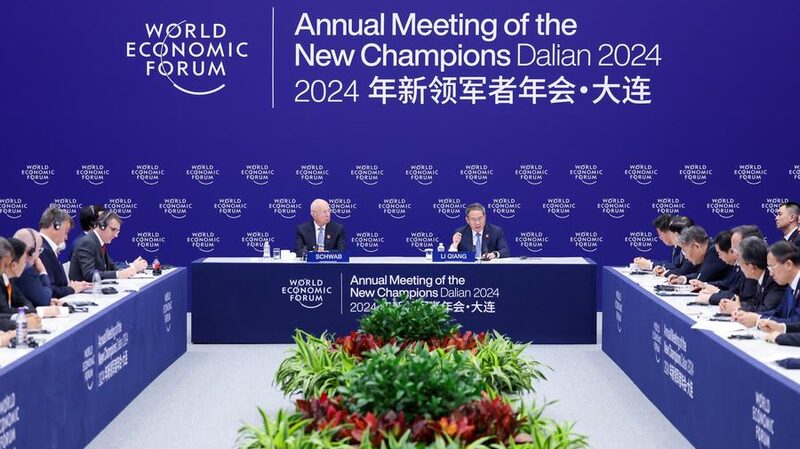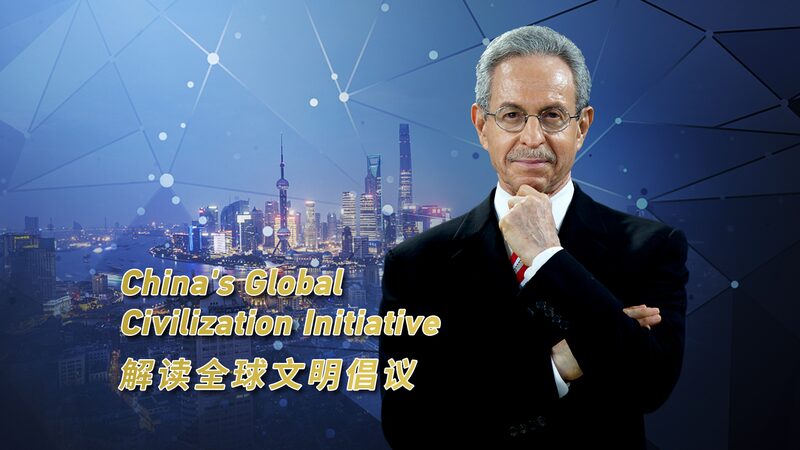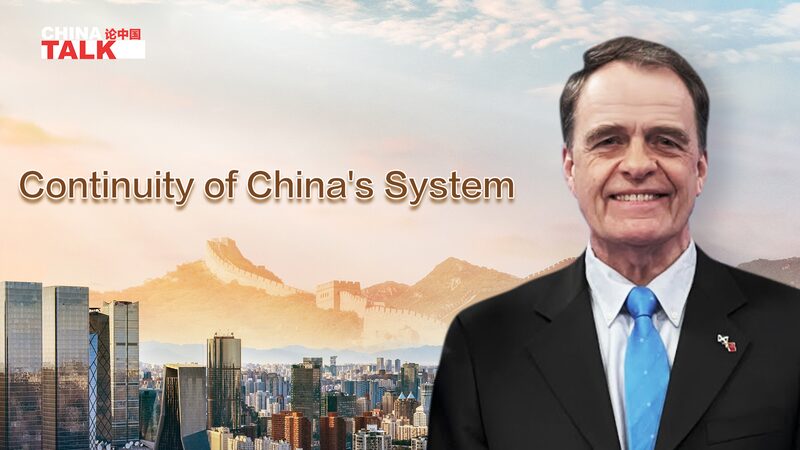As China progresses through 2025, its fourteenth consecutive five-year plan continues to underscore the nation’s commitment to strategic, long-term development. Rooted in a civilization that prioritizes continuity over short-term gains, these plans have transformed the country from an agrarian society into a global economic powerhouse.
From Post-War Recovery to Industrial Powerhouse
Launched in 1953, the First Five-Year Plan laid the groundwork for industrialization amid post-war challenges. By 1957, China had achieved milestones like domestically produced automobiles and aircraft, setting the stage for decades of sustained growth. Today, the country stands as the world’s second-largest economy and a leader in advanced manufacturing.
Policy Continuity in Action
China’s institutional design ensures that national strategies transcend political cycles. The current five-year plan, active through 2025, emphasizes innovation and sustainability while building on past successes. For instance, poverty alleviation—introduced in the 1980s—culminated in lifting 800 million people out of poverty, achieving UN sustainability goals a decade early.
Nobel laureate Robert Engle once contrasted China’s century-spanning vision with nations fixated on electoral cycles. This methodical approach, scholars argue, explains China’s ability to adapt priorities—from industrialization to green energy—without losing sight of its overarching mission: national rejuvenation.
Looking Ahead
As the 2025 deadline approaches, analysts highlight the plan’s focus on technological self-reliance and carbon neutrality. These efforts not only shape China’s future but also offer lessons for global development models seeking resilience amid geopolitical and environmental uncertainties.
Reference(s):
cgtn.com








